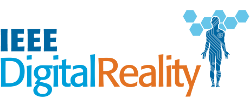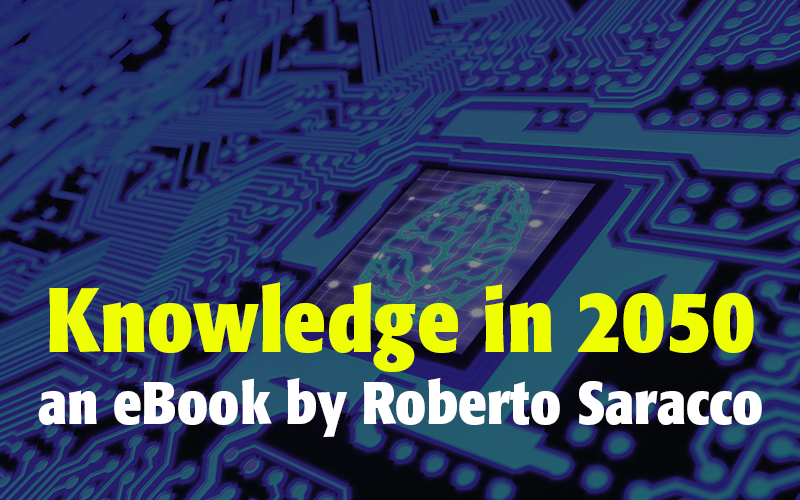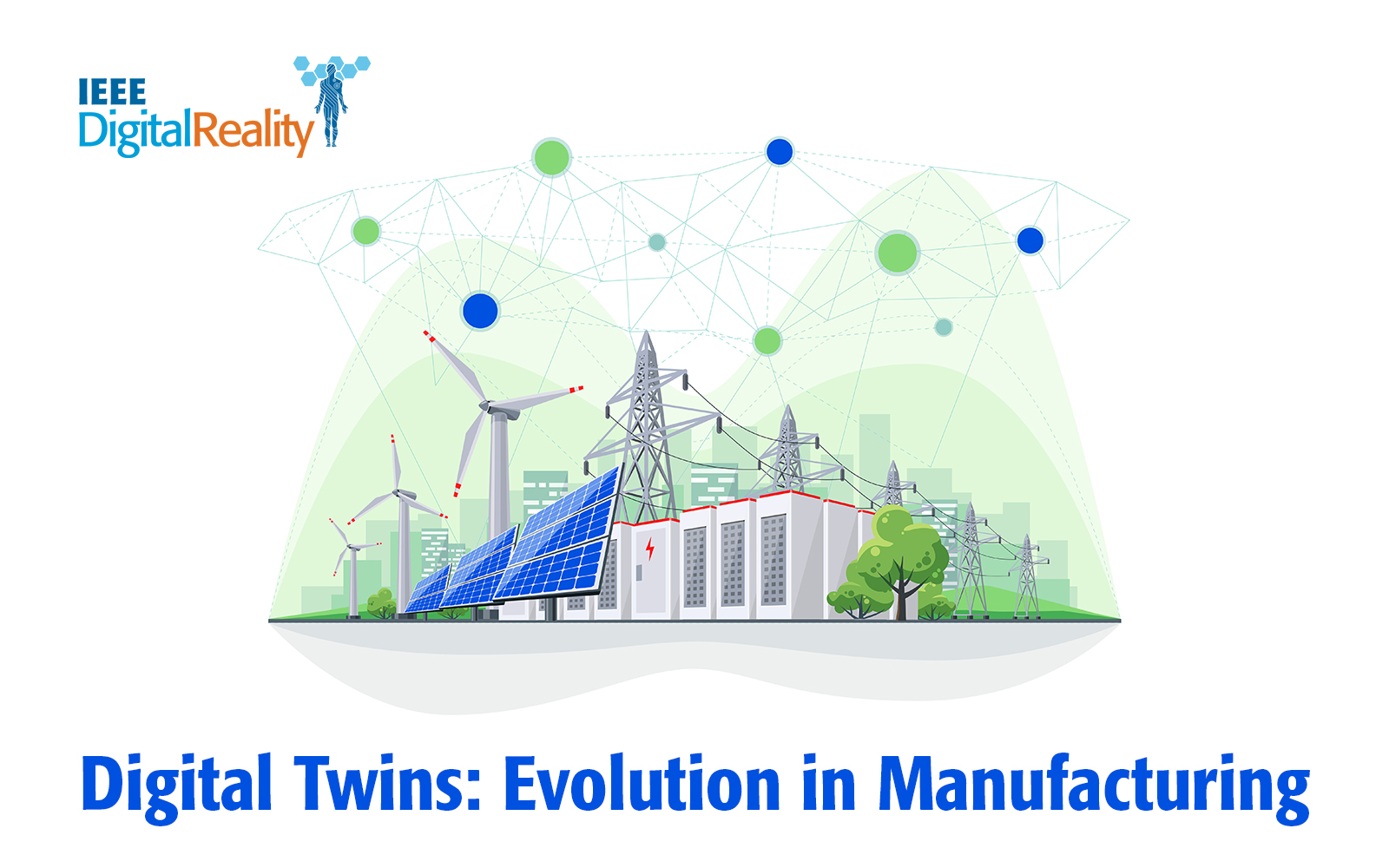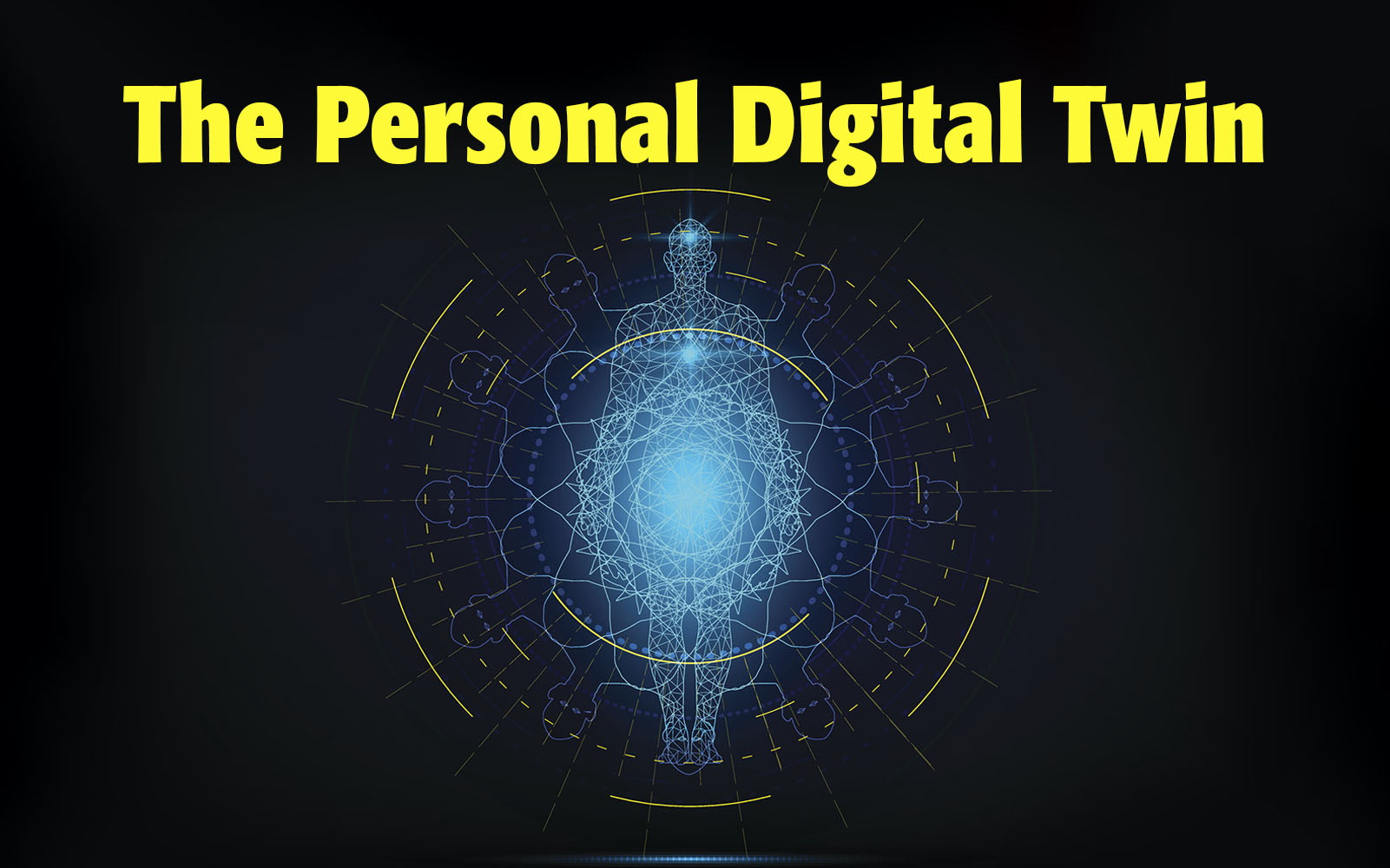Publications
IEEE Digital Reality eBooks
Knowledge in 2050
During the first half of 2022, Dr. Saracco was involved in an IEEE group inspecting the crystal ball to imagine what the world will be like, and concerns IEEE landscape and business opportunities may be interested in, by the year 2050. The core biz of IEEE today, as it was for the last 60 years, is sharing peer reviewed information in the form of articles, conferences, and education courses (there is more, but that is the real core).
As good as the invention of parchment was, the printing press was ten times better, slashing costs and making it possible to produce multiple copies, thus reaching a much broader audience. This eBook introduces a new, emerging wave of knowledge transfer, based on the computation of raw data.
Knowledge is potentially accessible by anyone, anywhere, anytime. Technology is promising a change in knowledge access that is likely to be as disruptive as the invention of writing and the printing press by enabling the possibility of customization to the point of becoming the so called “market of one.”
Click here to access the eBook (PDF, 5.1 MB)
Digital Twins: Evolution in Manufacturing
Everything evolves, right? Why shouldn’t Digital Twins evolve as well? Indeed, they have been evolving, and as I look at what is happening around the world, they will be evolving even more in many sectors. I guess one should take for granted a widespread knowledge of what a Digital Twin is, particularly with an audience coming to listen to the evolution of Digital Twins.
As a matter of fact, the concept of a Digital Twin was straightforward just 5 years ago; a digital copy of a physical entity. Yet, when I discuss this with different people, I get a variety of nuances, and when I think about DTs today in different sectors and how they are evolving, the definition becomes fuzzier and fuzzier. In a way, this is proof that there is a significant evolution underway, but at the same time, the fuzziness supports further evolution (if something remains well defined, it is constrained by its definition, i.e. does not change, nor evolve!).
Hence, the very first point to address is to look at the definition of a DT (for the record, last year I participated in a discussion with a group of authors engaged in writing a book on DT (which should be out in a few months), and again, more recently, in a discussion within the EU expert group on personal digital twins. In both cases, different opinions on the definition of DTs have (and will) emerge, and it hasn’t been possible to come to a single, unanimously agreed-upon definition).
Click here to access the eBook (PDF, 5.6 MB)
Personal Digital Twins
This ebook is a collection of posts written by Roberto Saracco from January to March 2022 in preparation for an EU workshop on Personal Digital Twins where a group of experts were asked to share their views and steer the European policy in this area.
The last part of the ebook summarizes the discussions and reports the conclusions of the workshop.
The extension of the Digital Twin concept to model a person is already underway. Very few are attempting to model a whole person, the physical, the emotional, the cognitive, the behavioral parts. What is being done is to focus on a specific area and create a model that can be used to meet a very specific objective.
It would take a few decades (this is my estimate) to create a Digital Twin of a person that is mimicking every aspect of that person and it is debatable why we would want to have that omni-comprehensive model.
We have had for quite some time companies modelling our interests: advertisement is all about knowing your target, anticipating wishes, and needs, and steering their behavior. Profiling has become sort of a “science” and it is widely used. In the last few years the adoption of ever more sophisticated data analytics, of artificial intelligence and the availability of more and more personal data has transformed advertisements from targeting a segment to targeting a single person.
Click here to access the eBook (PDF, 2.9 MB)
Digital Twins: Ethical & Societal Impacts
 By Derrick de Kerckhove, Patrick Henz, and Roberto Saracco
By Derrick de Kerckhove, Patrick Henz, and Roberto Saracco
Ethical and societal issues are an integral part of our use of technology, and as technology becomes increasingly pervasive, affecting every path of life, these issues become more urgent and of higher importance. In the area of Digital Twins, ethical and societal issues are particularly paramount since the technology relates to and affects human beings.
For this reason, this eBook focuses on Personal Cognitive Digital Twins. However, some of the issues discussed apply more to the general application of Digital Twins.
The first part of the eBook explores the lay of the land—defining Cognitive Digital Twins (CDTs), their evolution, and the issues arising.
The second part explores the evolution of Digital Twins as they become intelligent autonomous entities. This evolution, in certain aspects, is distorting the original idea of a Digital Twin as a faithful mirror of a physical entity. However, such an unavoidable evolution makes perfect sense—it allows our digital copy, living in cyberspace, to take advantage by replicating a physical person and augmenting them.
The third and final part is a daring exploration of the ethical and societal impacts of a self-living digital twin in the cyberspace. In this section, Derrick de Kerckhove starts with an impressive demonstration of what AI can do as an autonomous entity (in particular, a dialogue with a GPT-3 generated natural language text where the influence of the question is clear, but would also be if those questions were addressed to a human being—shouldn’t the answer depends on the question?).
Click here to access the eBook (PDF, 6.6 MB)
 By Roberto Saracco
By Roberto Saracco
One of the goals of the Digital Reality Initiative is to monitor and foster the Digital Transformation, a major factor in pushing several activities into the cyberspace maintaining a seamless continuum between the physical space and the cyberspace. This is affecting much more than the way we operate, do business, and access services: it is changing our perception of reality, blurring the dividing line between physical and cyber.
The pandemic and the related countermeasures have accelerated the use of the cyberspace, most of the time as a way to survive the new landscape and constraints. The big question for companies is to understand what will happen once the pandemic will be over. Will our life go back to the pre-pandemic “normal” or will there be a new normal? Also, what will be the long-term effect of the changes induced by the pandemic?
This eBook is addressing these questions
Click here to access the eBook (PDF, 9.2 MB)
The Future of Digital Twins
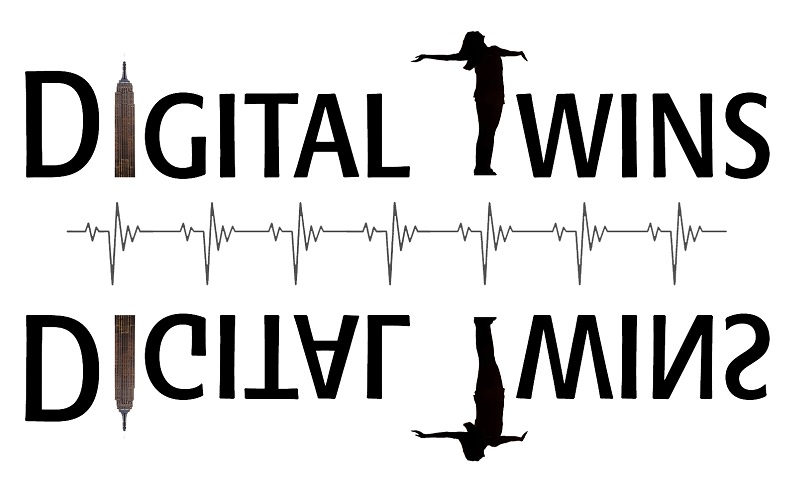 By Derrick de Kerchove, and Roberto Saracco
By Derrick de Kerchove, and Roberto Saracco
The broad variety of ideas defining Digital Twins and their uses is a clear indication of the rapid evolution and the diversity of application areas. This leads to several ways of defining them since, in a way, they get twisted to fit the specific need of an area, and those needs may significantly differ across diverse application areas such as manufacturing, healthcare, machines, people, etc.
In this eBook, derived from a webinar conducted via the IEEE Digital Reality Webinar Series, we try to address the Future of Digital Twins by looking at the forces that are pushing their adoption, and the adaptations taking place in their deployment.
Click here to access the eBook (PDF, 2.6 MB)
Megatrends for 2021-2030
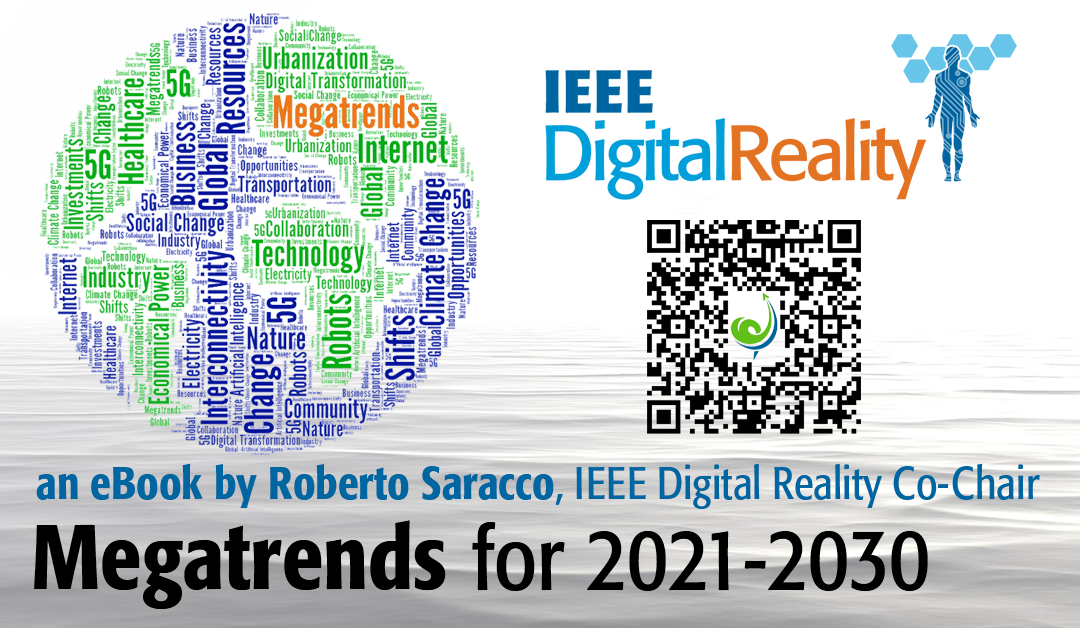 By Roberto Saracco
By Roberto Saracco
The ongoing pandemic was nowhere to be seen in 2019, hence it was not taken into account in laying the forecast for the incoming decade. However, several people in the previous 10 years have been warning that a pandemic was due as, statistically, we get a major one every 100 years. The pandemic clearly disrupted short-term forecasts, but Megatrends spanning the next ten years may not have been affected significantly. Clearly, some tuning is required, like taking into account acceleration or slow down following the pandemic and countermeasures taken, but most of the forecasts can still be considered valid.
In this eBook, I will be looking at the optimistic Megatrends, proposed by Peter Diamandis.
Before looking at the proposed Megatrends, I plan to present and briefly discuss the ones resulting from the analysis of forecasts coming from the WorldBank, WEF, and a few Intelligence Agencies. These are useful to set the scene for Peter's Megatrends that are more focusing on the expected impact of technology evolution…
Click here to access the eBook (PDF, 11.5 MB)
The Path Towards 6G and Digital Reality
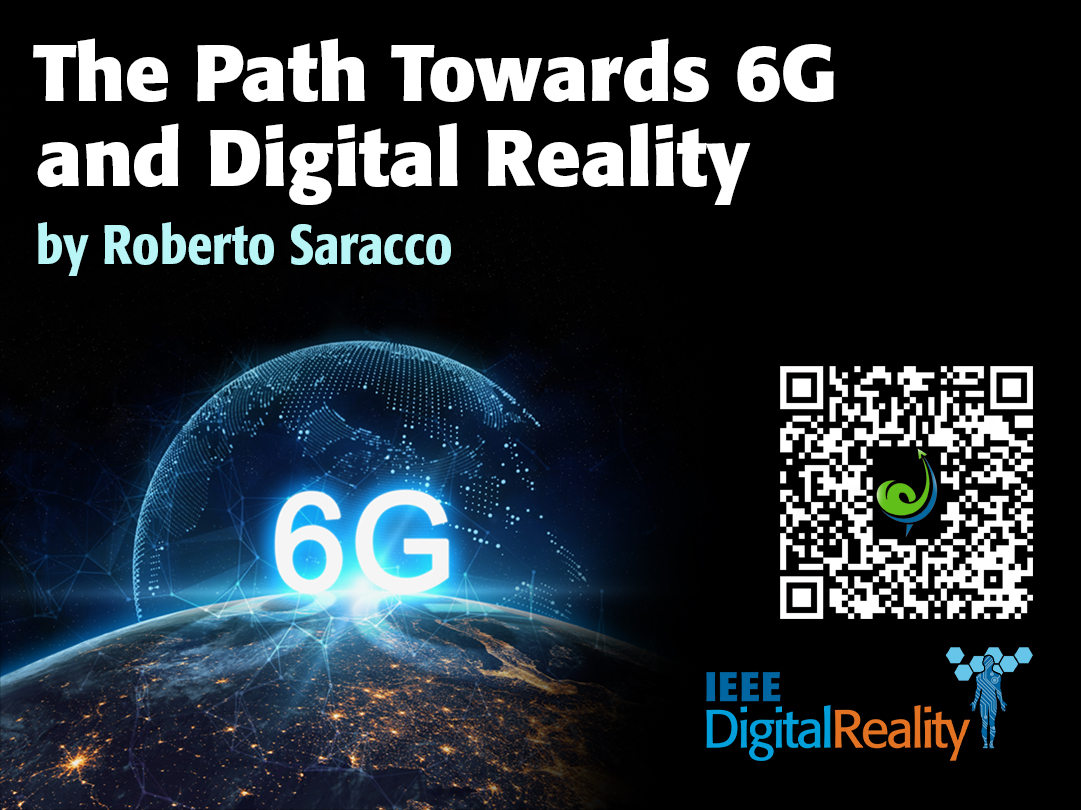
By Roberto Saracco
In this newly published eBook, Dr. Roberto Saracco discusses the kind of impact 6G might have on telecom operators, telecom manufacturers, and the semiconductor industry.
In addition, looking far down the line, Dr. Saracco hypothesizes and explains what type of services may require 6G connectivity. As per a recent conversation with industry analysts, Roberto started the conversation by saying that 6G does not exist (and most will agree), but then he reveals that it is already here, in terms of “prodrome”. Using this word may suggest that he sees 6G as a disease, but that is not completely the case. In other words, looking at the past evolution and at the present situation, it may be possible to detect a few signs that can be used to make some predictions about 6G.
Click here to access the eBook (PDF, 2.2 MB)
IEEE SAS eBooks
These eBooks collect posts each year that have been published since 2016 on the FDC blog touching upon the broad area of symbiotic autonomous systems from technology enablers evolution to personal and social impacts.
Related Articles
 The Impacts That Digital Transformation Has on Society
The Impacts That Digital Transformation Has on Society
Digital transformation, also called DX, begins with using new technology in a strategic way. This means understanding, implementing, and maximizing the use of digital processes.
These processes involve the convergence of information technology and actual devices. Data, comprised of computer bits, can talk to physical entities. They talk back through sensors connected to cloud computing. This convergence challenges conventional manufacturing methods, but it also sparks digital innovation and promotes fundamental organizational change.
Digital transformation may start with using technology, but it endures through societal response. Customer choices are sending a clear message to industry and to the research environment about the direction of the market: competitive advantage depends upon embracing digitalization.
 How Organizations Can Adapt to Digital Transformation
How Organizations Can Adapt to Digital Transformation
As the COVID-19 pandemic forced office lockdowns across the world in 2020, many organizations have made the leap into digitizing their workforces. While the pace of this digital transformation has been fast, the end of the pandemic won’t necessarily slow it down. In fact, it’s likely only just begun.
Organizations that are not prepared for digital transformation will likely struggle to adapt to the challenges of managing a virtual workforce. While it can take time, and every organization will deal with its own unique challenges, there are steps organizations can take to make sure the process goes as smoothly as possible.
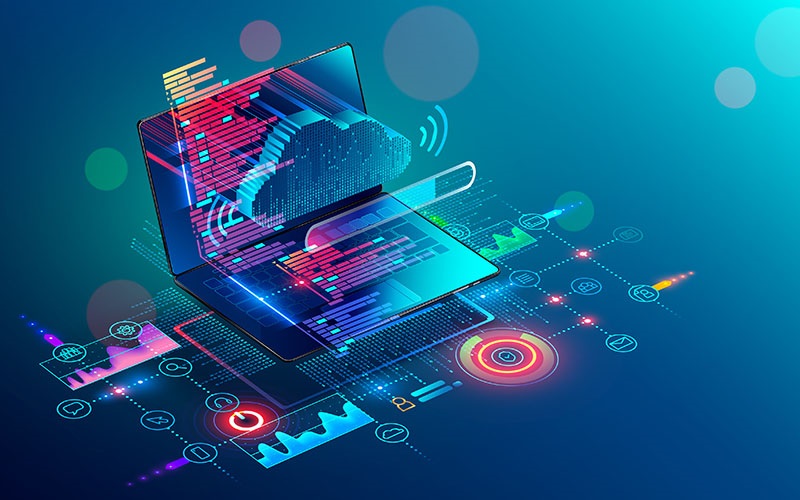
Three Ways to Establish a Digital Transformation Cloud Strategy
As COVID-19 continues to keep many offices closed, some organizations have digitally transformed their workforces to improve the flow of business, a change that for many will be permanent. By the time the pandemic is over, a number of organizations will have embraced a hybrid in-person/virtual workforce, while also having shifted to multiple cloud and hybrid cloud services.
Many organizations in the early steps of adoption may find themselves at a crossroads between different cloud providers whose offerings range from software-as-a-service (SaaS), infrastructure-as-a-service (IaaS), and platform-as-a-service (PaaS). With a number of third parties hosting their data, organizations will need to consider the security risks and take steps to mitigate them. One way to get ahead of the problem is to create a single cloud strategy that will ensure streamlined governance over cloud platforms.
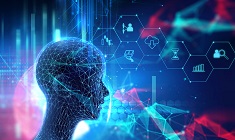
What is Augmented Intelligence?
By Roberto Saracco
The general public tends to have a very “sci-fi” view of artificial intelligence (AI), imagining robots and computer systems independent of—and often antithetical to—their human creators. Science fiction has given us HAL 9000, the dehumanizing Borg of Star Trek, and the robotic assassins of the Terminator series. AI is popularly seen as human-made but essentially inhuman, where cold, logical software takes human intelligence out of the decision-making process. The truth is more nuanced.
While independent AI systems are necessary for many types of technology, their intelligence is generally limited to specific applications: an AI system used as a virtual customer service representative, such as eBay’s Louise, lacks the capacity to seize control of the planet.
And while some AI technology is intended to operate autonomously, one of the most useful types of AI—augmented intelligence (also known as intelligence amplification, or IA)—uses machine learning and predictive analytics of data sets not to replace human intelligence, but to enhance it.
 The Deming Twin
The Deming Twin
By Patrick Henz
"Gianluca Bacchiega shortly defined in 2017: 'A digital twin is a real time digital replica of a physical device.” To be more specific, the IEEE’s work-group for Symbiotic Autonomous Systems defined in its second white paper: “a Digital Twin is a digital representation of any characteristics of a real entity, including human beings. The characteristics represented by a Digital Twin are a subset of the overall characteristics of a real entity. The choice of which characteristics are digitalized depends on the purpose of the digitalization, i.e., the intended use of the Digital Twin'. Based on this definition, the virtual model is not limited to being the second (replica), but instead understands it as a digital mirror of a physical object (including a living organism) or process."
IEEE Future Directions Blog
 The IEEE Future Directions Blog, authored by Roberto Saracco, offers daily insight and observations on emerging technologies, trends, and their implications. See a selection of blog posts on the digital transformation, digital reality, symbiotic autonomous systems, and related topics.
The IEEE Future Directions Blog, authored by Roberto Saracco, offers daily insight and observations on emerging technologies, trends, and their implications. See a selection of blog posts on the digital transformation, digital reality, symbiotic autonomous systems, and related topics.
![]() Search IEEE Xplore for articles on Digital Reality
Search IEEE Xplore for articles on Digital Reality

